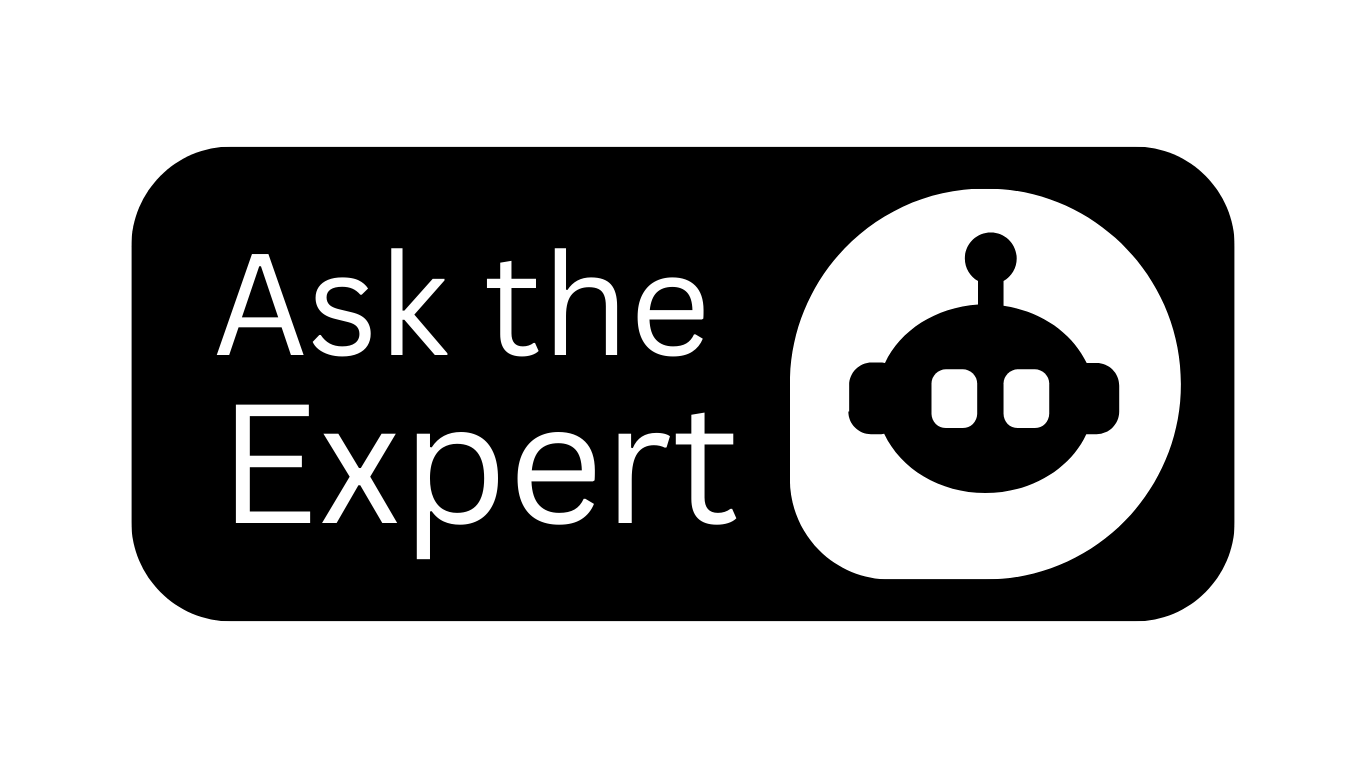Open 6 Days a Week

What is an Oxygen Concentrator and How Does It Work?
Due to significant improvements in the world of medicine, oxygen concentrators are now tiny, small, quiet, and lightweight, while still providing the highest level of compliance and performance. Older oxygen concentrators are big and heavy, making them inconvenient for patients who require oxygen therapy when travelling or away from home.
You can now choose between at-home fixed concentrators and portable oxygen concentrators (POCs), which can simply move wherever you go.
What exactly is an Oxygen Concentrator?
Oxygen concentrator definition: An oxygen concentrator is a sort of medical device that delivers oxygen to people who have breathing problems. Individuals whose blood oxygen concentration is lower than normal frequently require the use of an oxygen concentrator to replace that oxygen.
In most cases, an oxygen concentrator cannot be purchased over the counter. It can only be prescribed by a doctor following a thorough medical evaluation. Doctors will often show patients how to use these concentrators properly while travelling and at home.
Oxygen concentrators filter the surrounding air before compressing it to the desired density and supplying pure medical grade oxygen to the patient via a pulse-dose delivery system or continuous stream system.
It also has unique filters and sieve beds that help remove nitrogen from the air, ensuring that the patient receives totally purified oxygen. These devices also include an electronic user interface that allows you to change the amounts of oxygen concentration and delivery settings. The oxygen is subsequently inhaled through the nasal cannula or special mask.
The oxygen concentrator output is typically measured in LPM (litres per minute). Your doctor will assess the amount of oxygen you require, which may change at rest when sleeping, and during exercise.
What are the Benefits and Applications of an Oxygen Concentrator?
An oxygen concentrator can be used for a variety of reasons, and doctors might recommend oxygen therapy to their patients for a variety of medical ailments. Normally, your lungs collect oxygen from the air and transmit it to your bloodstream.
If you recently had bloodwork or pulse oximetry done to test your oxygen saturation levels and it was discovered that you have low levels of blood oxygen, your doctor may offer short-term or long-term oxygen therapy.
You're probably wondering what the purpose of an oxygen concentrator is. Acute conditions normally necessitate the use of oxygen therapy for a brief period of time. These situations are usually only present for a short time. They may have a quick onset of symptoms as opposed to chronic illnesses, which occur gradually. Some respiratory or chronic illnesses, on the other hand, necessitate long-term oxygen treatment.

Acute Conditions necessitating the use of an Oxygen Concentrator
Here are a few instances of acute conditions that might necessitate the use of an oxygen concentrator for short-term oxygen therapy:
Asthma: This is a disorder in which your airways get inflamed and produce a lot of mucus, making it difficult to breathe. While there are a variety of medications available to treat and control asthma, an oxygen concentrator can provide high quantities of oxygen into the patient's bloodstream while they are having or have previously had an asthma attack.
Pneumonia: Pneumonia is an illness that causes inflammation in one or both of your lungs' air sacs, which often fills them with fluid. Many pneumonia patients have been prescribed oxygen therapy, and the clinical outcomes have been favourable.
Respiratory distress syndrome (RDS): RDS is a breathing disease that primarily affects babies, particularly those born six weeks or more before their due date. RDS causes newborns to produce insufficient surfactant (a lung coating liquid), causing their lungs to collapse and forcing them to work harder to breathe. Oxygen treatment, which uses oxygen concentrators, helps to pump oxygen into the newborns' circulation and lungs, reducing the risk of future difficulties.
Bronchopulmonary dysplasia (BPD): RDS newborns are at an increased risk of developing BPD. This is a serious lung ailment that necessitates long-term breathing assistance.
After surgery, you may require oxygen for a brief length of time in some circumstances.
Chronic Illnesses Requiring Oxygen Therapy
The following are some chronic conditions that necessitate the use of an oxygen concentrator on a long-term basis:
COPD (chronic obstructive pulmonary disease): COPD affects around 16 million people worldwide, however, an oxygen concentrator can be an effective treatment. COPD causes persistent lung deterioration, making it harder for your lungs to absorb adequate oxygen. As a result, you may have difficulty breathing, and oxygen therapy via a concentrator may be beneficial.
Cystic fibrosis is a life-threatening disorder that you inherit. It harms the digestive system and the lungs. It is an uncommon disorder that affects the cells in the body that produce mucus, perspiration, and digestive secretions. The fluids are altered, resulting in a stickier, thicker solution that blocks the infected person's ducts, tubes, and passages.
Sleep Apnea: Sleep apnea is a significant sleeping disorder that causes the individual's breathing to stop and start intermittently during their sleep. Continuous positive airway pressure (CPAP), weight loss, and physical exercise are typically used to treat this disease, while some persons with sleep apnea may require oxygen therapy.
What Is the Function of an Oxygen Concentrator?
Consider an oxygen concentrator to be a window air conditioner: it takes in air, alters it, and then returns it to you in a different form. The oxygen concentrator draws in air and filters it for use by people who need medical oxygen due to low levels of oxygen in their blood.
Oxygen concentrators function as follows:
- The cooling technique of compressing air prevents the concentrator from becoming overheated.
- Absorbing air from its surroundings
- Changing delivery settings using an electronic interface
- Nitrogen removal from the air via sieve beds and a filter
- Using a mask or nasal cannula to deliver pure oxygen
Previously, patients who required oxygen therapy depended primarily on pressurized oxygen tanks. Although these tanks are incredibly effective, they are also inefficient because suppliers must visit the patients frequently to replenish their oxygen supply in their tanks.
Wondering where to buy an oxygen concentrator in San Diego? Harmony Home Medical Supplies is your go-to home medical equipment distributor.
We boast the experience and knowledge to excellently address the unique needs of our customers. We offer oxygen concentrators with excellent workmanship and features geared to offer our clients quality, long-lasting service.
Turn to us for affordable, durable, reliable oxygen concentrators, accompanied by a friendly environment and unsurpassed customer services.






